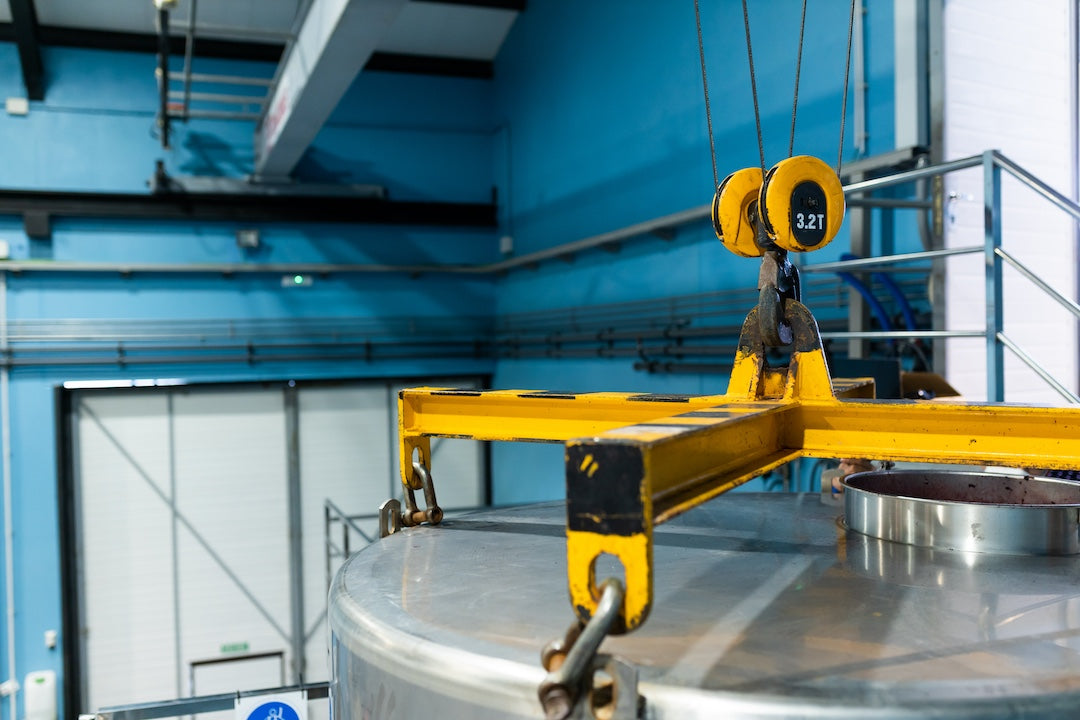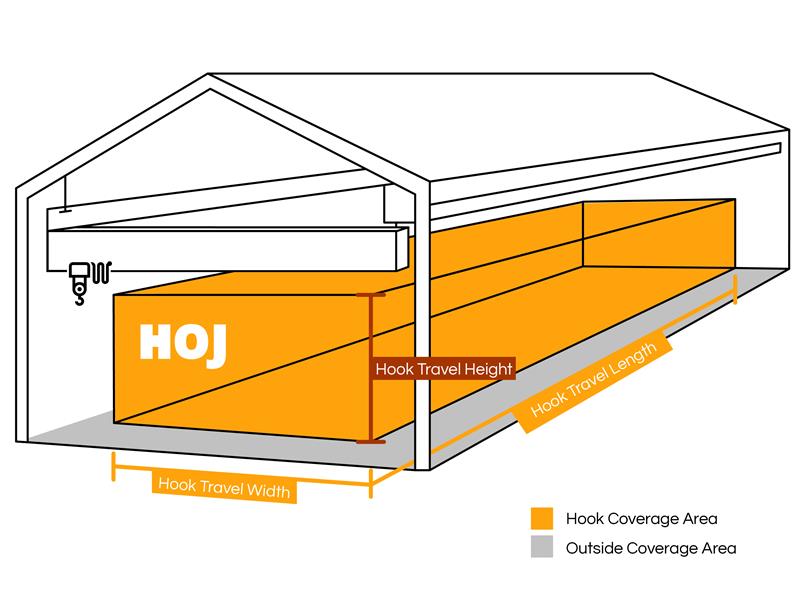Your Cart is Empty

Carts for Picking Systems

Picking to a cart is another way a warehouse can increase its inventory management efficiency and make a big impact. Picking and packing speed can be greatly increased when picking to a cart.
Because carts are able to move around the warehouse floor, many businesses find them more flexible than conveyors, and more suitable when a business is picking more than 100 SKUs.
Cart Systems
Benefits of cart systems:
- Picking to carts can reduce electricity costs. Powered conveyors are not needed, and neither are “picker lights.” (Using a WOS with a tablet or mobile device mounted on the cart directs the picker on their routes. A finger-mounted scanner confirms a correct pick.)
- A picker’s light system cannot identify the quantity of a pick. A tablet can. Tablet based picking is more accurate and flexible.
- A cart’s carrying capabilities can be significant. A five-shelf cart can move the same amount of inventory as would fit on 20 feet of conveyor!
- Most conveyor systems are stationary, which can block picking routes. A cart can go anywhere, or be moved out of the way when not in use.
- One cart is significantly cheaper than 20 feet of conveyor. Carts are also easier to maintain and replace.
- It’s easy to add more carts in response to increased demand.
Types of Picking Carts
Warehouses use various cart systems for inventory fulfillment and order picking to optimize operations, increase throughput, and reduce errors. Each system has its own set of benefits depending on the scale and nature of operations. Here are some popular cart systems and their respective benefits:

- Traditional Hand Carts: Used by workers to manually transport items, these carts are typically pushed or pulled and are versatile for a variety of warehouse tasks.
- Benefits:
- Low cost.
- Simple to use with minimal training.
- Easily maneuverable in narrow aisles.
- Versatile for different types of products.
- Pick Carts: Designed for order picking, these carts allow workers to gather multiple items from shelves efficiently, often featuring compartments or bins for organized collection.
- Multi-tiered carts designed specifically for order picking.
- Benefits:
- Enables batch picking for multiple orders.
- Increases pick efficiency by reducing trips to and from the packing station.
- Can be custom-designed with bins, shelves, or compartments for specific product types.
- Push Carts: Manually operated, these carts are pushed by workers to transport goods from one location to another within the warehouse.
- Usually large and used for moving big quantities of products.
- Benefits:
- Suitable for transporting heavy loads.
- Can handle bulk inventory movement.
- Sturdy design ensures product safety.
- Tugger Carts: Primarily used for bulk material transport, these carts are either manually operated or attached to powered vehicles to move large quantities of items.
- Pulled by a tugger vehicle, especially in a train of multiple carts.
- Benefits:
- Ideal for moving large quantities of materials in a single trip.
- Reduces manual handling and associated risks.
- Increases transportation efficiency.
- Self-guided Vehicles (SGVs) or Automated Guided Carts (AGCs): These are automated carts that follow set paths or markers in a warehouse, ensuring consistent and efficient material transport without manual intervention.
- Carts that navigate autonomously using guidance systems.
- Benefits:
- Reduces labor costs.
- Increases accuracy and repeatability.
- Can operate 24/7.
- Can be integrated with warehouse management systems (WMS) for real-time tracking.
- Vertical Lift Modules (VLMs): Automated storage and retrieval systems, VLMs store items vertically and retrieve them using an elevator-like mechanism, optimizing space and speeding up the picking process.
- Automated storage and retrieval systems that use vertically arranged trays.
- Benefits:
- Efficient use of vertical space.
- Faster item retrieval.
- Reduces labor-intensive tasks.
- Enhances inventory accuracy.

- Mobile Robots and Collaborative Robots (Cobots): These robots work alongside humans, assisting in tasks like picking, packing, and transporting items, enhancing efficiency and reducing manual labor.
- Robots that can transport items or assist workers in picking.
- Benefits:
- Scalable during peak times.
- Reduces manual labor and associated errors.
- Works collaboratively with humans, enhancing overall productivity.
- Smart Carts:Equipped with technology to guide pickers to item locations, these carts optimize the picking process by reducing errors and increasing speed.
- Carts equipped with technology like barcode scanners, RFID readers, or IoT sensors.
- Benefits:
- Streamlined picking process.
- Real-time tracking of inventory.
- Can integrate with WMS for data analytics.
When selecting a cart system, it's important to consider factors such as the warehouse layout, the volume and nature of products handled, budget constraints, and the desired degree of automation. Often, warehouses employ a combination of different systems to cater to various operational needs.








